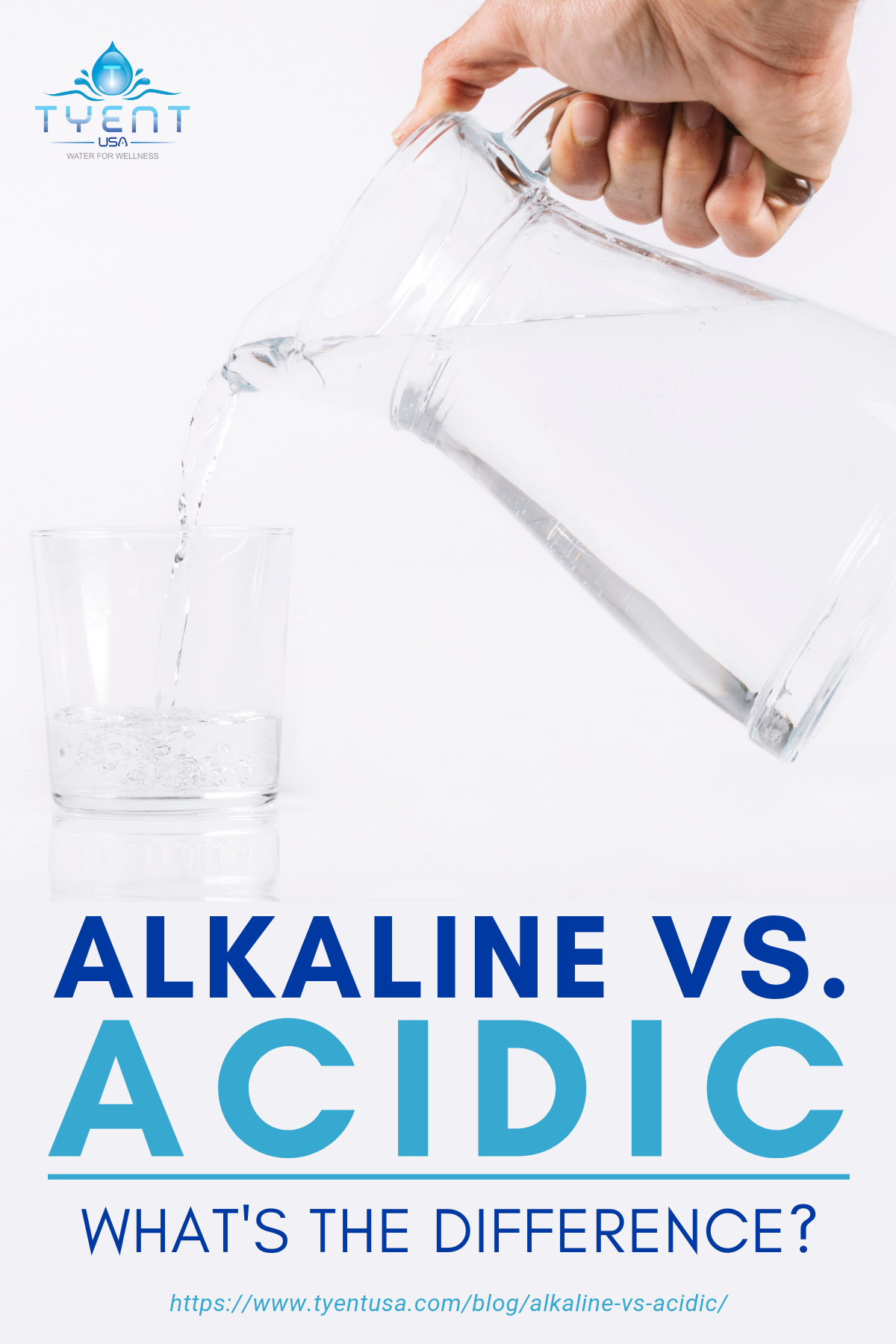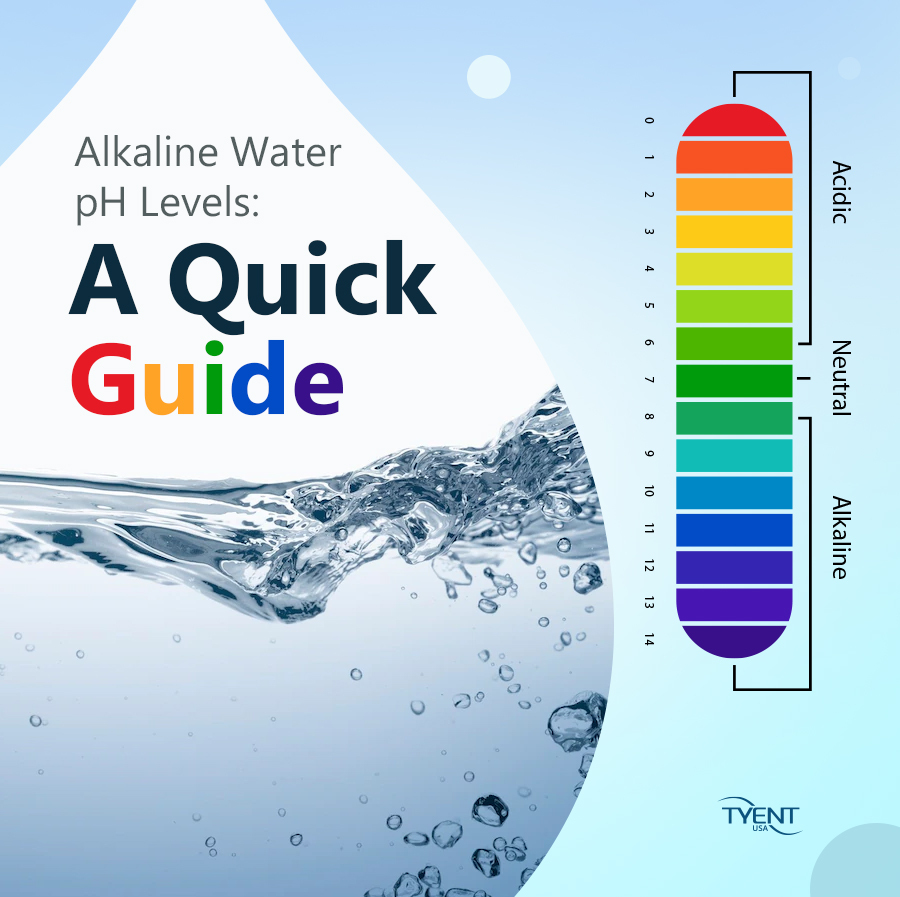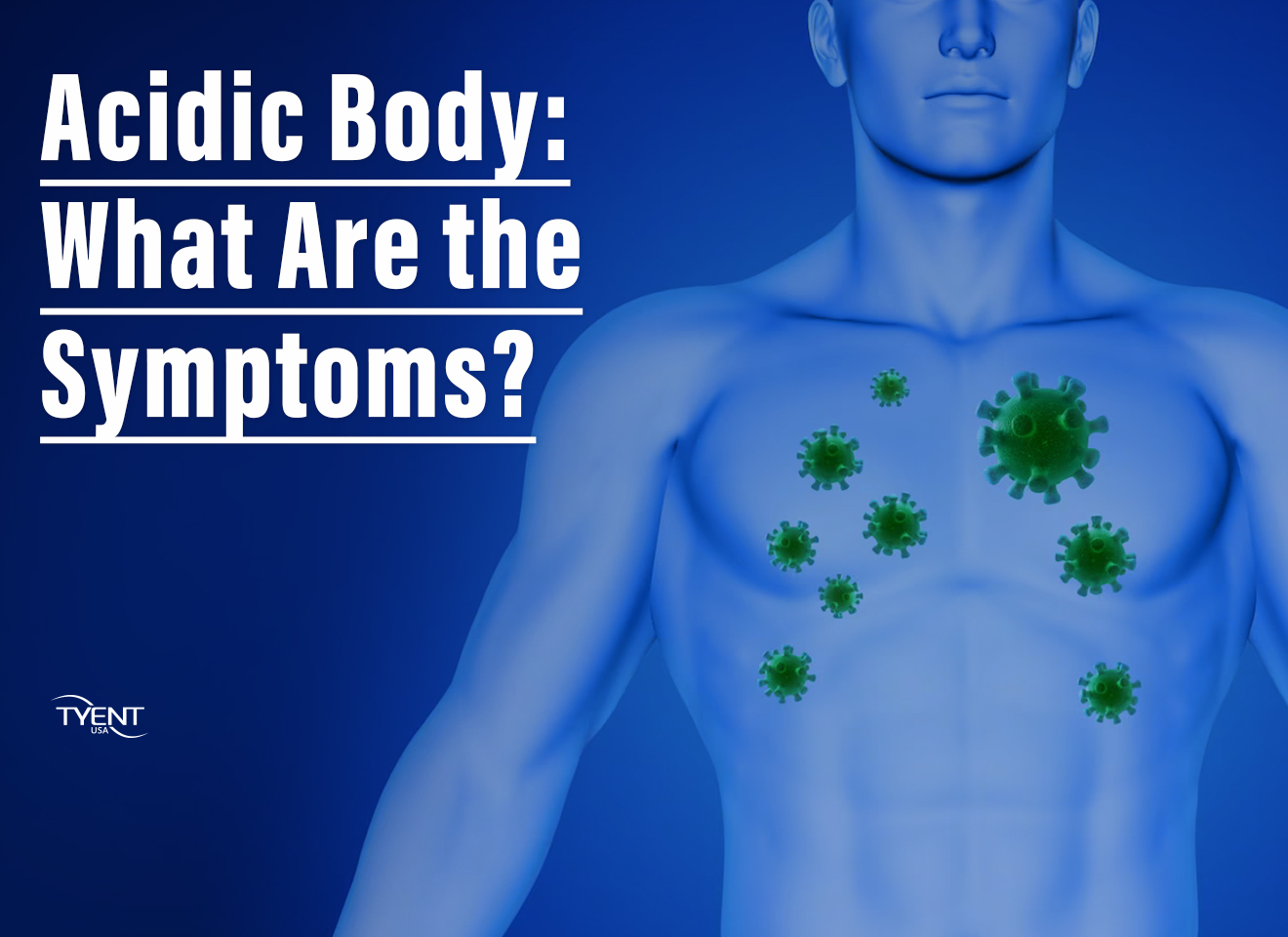Compare alkaline vs acidic environments and learn why the former is better for the body in this article.
In this article:
- Alkaline vs Acidic Scale
- Alkaline vs Acidic Diet
- Alkaline vs Acidic Foods
- Benefits of Alkaline vs Acidic Water
- Acidity and Alkalinity Beyond Diet
Alkaline vs Acidic | Learn What Sets Them Apart and Why Alkaline Is Better
Alkaline vs Acidic Scale
The alkaline vs acidic comparison has been around for some time. You may even have heard about it in your chemistry class.
During this time, you learned alkaline or basic solutions include toothpaste, bleach, and baking powder. The acidic ones are vinegar, lemon juice, and battery acid while water is neutral.
In reality, the connection between the two is much more complicated. It may even touch on the molecular level.
Take, for example, lemon.
The fruit is acidic in its natural state. Once you eat it and the body metabolizes the fruit, though, it changes into alkaline.
Understanding the differences between the two is essential because the body needs a healthy acid-base balance.
When there’s a balance, there’s a sustainable living environment for your gut flora. It also promotes proper functioning of the organs.
To help you compare alkaline vs acidic, you should learn more about the pH scale.
The pH (power of hydrogen) scale measures the acidity of an aqueous solution.
What Is an Aqueous Solution? It is any solution with water as its solvent.
It denotes the total concentration of hydrogen ions in the fluid. The number can then range from 1 (highly acidic) to 14 (highly basic).
Water has a pH of 7, so it’s neutral. The human blood and swimming pools have a pH of about 7.4, so they’re slightly alkaline.
It’s possible to increase the alkalinity of water by using water ionizers. This machine uses the principle of electrolysis to add more hydrogen atoms into the fluid.
Alkaline vs Acidic Diet

The pH level of your food affects your health in many ways.
For example, a diet high in acidic food can limit the oxygen your cells can metabolize. In the long term, it can result in feeling sluggish both physically and mentally.
Because many acidic foods tend to be low in nutrients like potassium, magnesium, and calcium, a highly acidic diet can damage muscle fibers and reduce bone density.
Studies show an acidic environment promotes the activity of osteoclasts or cells that absorb or destroy bone tissue.
On the other hand, a diet high in alkalizing foods such as most fruits and vegetables can encourage energy production.
Besides, fruits and vegetables contain a variety of essential vitamins, minerals, and fiber.
Unlike an acidic environment, an alkaline condition encourages the activity of osteoblasts or cells that rebuild bone.
Due to the highly acidic nature of most modern diets, incorporating alkaline foods is essential for optimum mental and physical function and overall health.
RELATED: Why Alkaline Water Is Better For Hydration
Alkaline vs Acidic Foods
You measure the acidity or alkalinity of food with PRAL (potential renal acid load).
Unlike the pH level, PRAL determines how acidic or basic food is once the body metabolizes it. Like the pH scale, PRAL scale gives each food a numerical value.
Basic foods such as figs, bananas, and spinach have a negative value. Neutral foods such as olive oil and sugar have a zero value.
Acidic foods such as most meats, seafood, and dairy products have a positive value.
The PRAL scale considers the nutrients the food leaves behind for the body to absorb to identify its acidity or alkalinity.
Acidic foods are usually high in phosphorous and/or protein (amino acids). Basic ones often contain more trace minerals such as potassium, magnesium, and calcium.
Benefits of Alkaline vs Acidic Water

As mentioned, you measure the acidity and alkalinity of water with its pH level, but PRAL may also matter once you drink it.
The pH and PRAL of water can be slightly acidic or basic, depending on its source.
For example, spring water may have a higher pH level than soda since the latter tends to have dissolved minerals.
Note, though, when it comes to water, alkaline vs acidic isn’t the only thing that matters. So does the quality of it.
Processes such as distillation may improve the water’s safety, but they may also eliminate the essential minerals the liquid contains.
The good thing about using a water ionizer is you can avoid such a problem. You can still take advantage of the mineral deposits present while being able to raise its pH.
Acidity and Alkalinity Beyond Diet
While diet plays a large role, it isn’t the only factor that affects alkalinity and acidity. Almost everything you do has an impact on how your body functions and how well it can regulate itself.
Sleep and exercise are invaluable for alkalinity. Stress, loneliness, and depression contribute to a more acidic environment.
Physical activity, friendship, romance, community involvement, and pet companionship may increase the production of the alkalizing hormone called oxytocin. It then helps balance out the acidic stress hormone known as cortisol.
What Is Oxytocin? Known as the love hormone, it is a neurotransmitter that regulates social connection and reproduction.
What Is Cortisol? It is a steroid hormone that plays a significant role in stress response. It helps regulate both the metabolism and immunity of the body.
Breathing exercises, meditation, and yoga can help boost the body’s alkalinity.
The pH level and PRAL values of food and water can impact your health. It becomes necessary to pay attention to alkaline vs acidic comparison.
But, it should not stop there. You need to go beyond what is alkaline or what is acidic in terms of food or water.
You can improve your body’s acid-base balance by having fun, getting active, and building positive relationships with the people around you.
What do you do to improve your body’s alkalinity? Share your tips below!
Up Next: It’s Elemental – 7 Amazing Things About Hydrogen Water!






Reading this makes me feel like I’m in a science class again haha.
Hi, Leila. Like your science classes, we hope to educate and remind you about your health.:) If you want to know more about acidity in water, you can read this article.
I learned a lot from reading this!
Hi, Ricky. We’re glad to hear that!